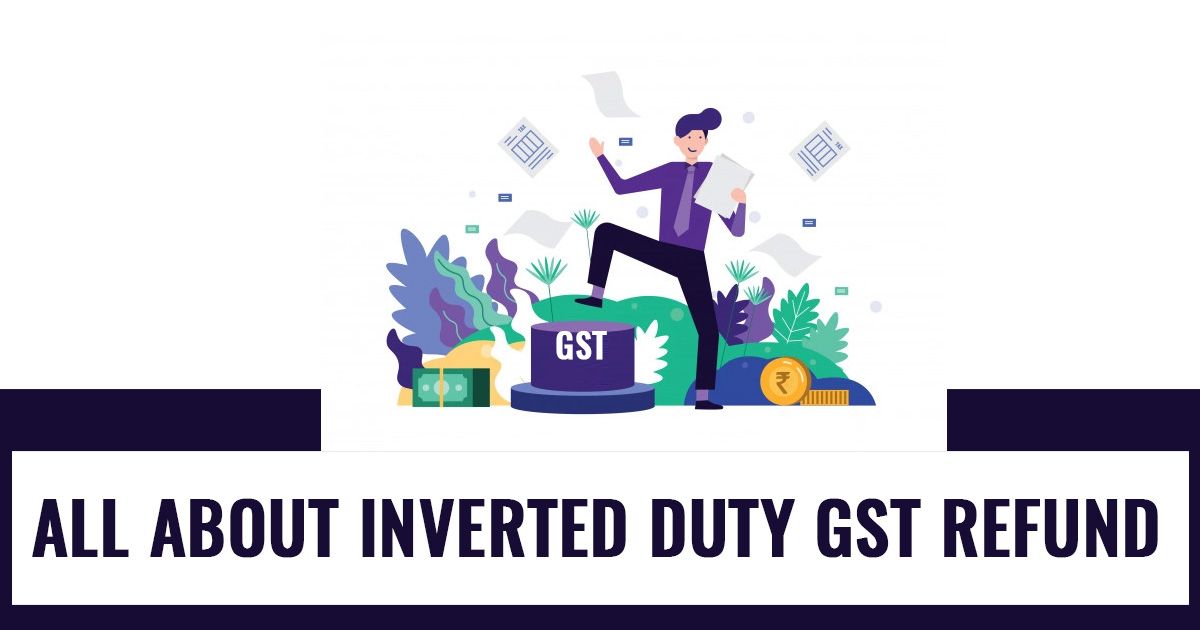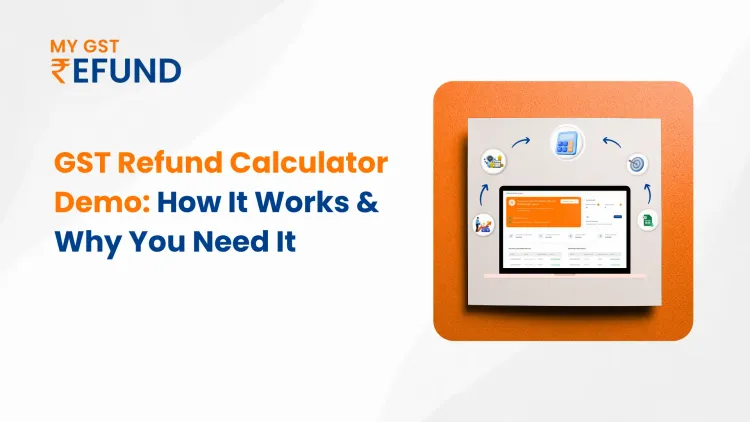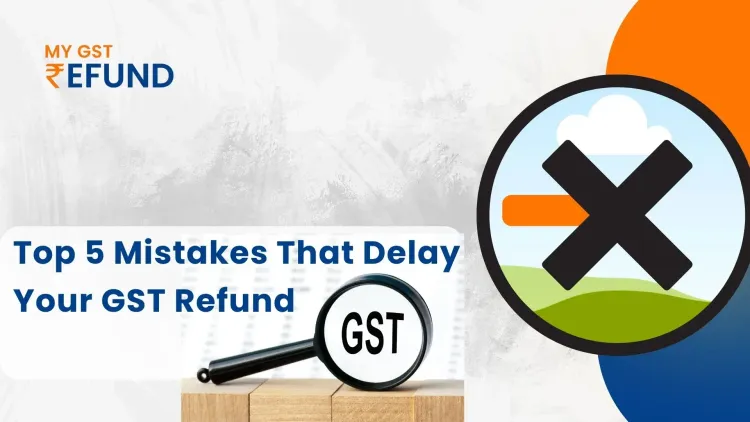Can Revision in GST refund formulae be beneficial for “IDS” supplies?
Published on: Tue Aug 02 2022
Earlier, as per Rule 89(5) of The CGST Rules, 2017, the refund amount in case of Inverted Duty Structure (“IDS) was calculated as:
Maximum Refund Amount = {(Turnover of inverted rated supply of goods and services) x Net ITC ÷ Adjusted Total Turnover} – {tax payable on such inverted rated supply of goods and services}
Now, CBIC vide Notification No. 14/2022-Central Tax dated 05-07-2022 has made an amendment in the formula under Rule 89(5) of CGST Rules, 2017.
What was the need to bring the revision in the calculation of refund of ITC in case of Inverted Duty Structure?
Background
In the case of VKC Footsteps India Pvt. Ltd vs UOI, the division bench of the Gujarat High Court held that “Explanation (a) to Rule 89(5) which denies the refund of ‘unutilized input tax paid on “input services” as part of “Input tax credit” accumulated on account of inverted duty structure is ultra vires the provision of section 54(3) of the CGST Act, 2017. Further, Gujarat High Court directed the Union Government to allow the claim for a refund made by the petitioner, considering unutilized ITC on input services as part of “Net ITC” for the purpose of calculating refund in terms of Rule 89(5), in furtherance of Section 54(3).
After the decision of the Gujarat High Court, the Division bench of Madras High Court in the case of Transtonnelstroy Afcons Joint Venture v UOI pronounced the contrary decision in view of the Gujarat High Court. Madras High court held that Section 54(3)(ii) of the CGST, Act, 2017 doesn’t infringe Article 14 of the Indian Constitution, and Refund is a statutory right and extension of the benefit of refund only to the unutilized credit that accumulates on account of the rate of tax on input goods being higher than the rate of tax on output supplies by excluding unutilized input tax credit that accumulated on account of input services is a valid classification and valid exercise of legislative power.
Further, the writ petition was filed in the Supreme Court against the judgment contrary to the Gujarat High Court and Madras High Court. In the case of Union of India & Ors Vs VKC Footsteps India Pvt Ltd, dated 13.09.2021, Supreme Court upheld Rule 89(5) of the CGST Act, 2017 which denies refund of unutilized ITC in respect of input services on account of inverted duty structure is constitutionally valid. Supreme Court sets aside the order of the Gujarat High Court and upheld the order of the Madras High Court and the Hon’ble Supreme Court noted some anomalies and directed the GST council to look the same.
Revision in the GST Refund formulae
After the remarks made by the Supreme Court, GST Council in the 47th GST Council meeting came up with the changes in the formula of calculation of refund under Inverted Duty Structure vide Notification No 14/2022 and incorporated the effect of revision in Rule 89(5) of the CGST Rule, 2017.
The revised formula for calculation of refund after the GST Council meeting is as follows:
Maximum Refund Amount: {(Turnover of inverted rated supply of goods and services) x Net ITC ÷ Adjusted Total Turnover} – {tax payable on such inverted rated supply of goods and services x (Net ITC ÷ ITC availed on inputs and inputs services)}.
As per the new formula for calculation of the refund under the Inverted Duty Structure, the taxpayer would be entitled to get an increased value of refund in comparison to the old formula and the anomaly that existed before has been rectified to a certain extent.
Increased benefit in refund amount can be understood with the below illustration:
| Amount | Total | |
| ITC on inputs | 60 | Total ITC = 100 |
| ITC on input services | 40 | |
| Turnover of inverted duty structure | 500 | Total Turnover = 1500 |
| Non-inverted turnover | 1000 | |
| Output tax on inverted turnover | 25 | |
| Refund | Existing: (60*500/1500)-25= Rs-5 | New: (60*500/1500-25*(60/100) = Rs5 |
From the above, it can be derived that post amendment in the formulae, a taxpayer is eligible to claim the increased refund amount.
Need of the Hour
With regard to the amendment in the formula for calculation of refund under Inverted Duty Structure, the question here arises “Can taxpayers claim the refund according to the new refund formula which has been incorporated under Rule 89(5), vide Notification No 14/2022 dated 05.07.2022” on a prospective or retrospective basis?
Whether the application of the above amendment is available to the past period GST refunds or not can be understood with the following tabular presentation:
| Situation | Whether retrospective amendment available? |
| GST refund pertains to the post-amendment tax period (After July 2022) | Yes, the retrospective calculation is available to calculate GST refund |
| GST refund application filed and presently under litigation pertaining to pre-amendment tax period (Before July 2022) | As per the Hon’ble Supreme Court decision, a refund of ITC of input service is not eligible. However, a taxpayer may file additional submissions to claim the benefit on new formulae. |
| GST refund application has not been filed and the limitation period to file the same has not yet expired pertaining to the pre-amendment tax period (Before July 2022) | Yes, the retrospective calculation is available to calculate GST refund |
Retrospective application of the formulae
- It is pertinent to note that at the time of implementation of GST, Rule 89(5) prescribes the formulae for a refund covering ITC w.r.t both inputs and input services. Accordingly, output tax was deductible w.r.t GST paid by utilization of ITC on both. Thus, there was a balance in refund amount vis-à-vis output tax deduction.
- However, in 2018, the definition of Net ITC was amended retrospectively to include only ITC on inputs whereas deduction of output tax was for tax paid through inputs and input services. Thus, after the retrospective amendment, there was an anomaly created which led to an imbalance in the amount of refund claimed
- Therefore, from the above, it can be construed that a change in formulae is nothing but a restoration of the formulae that existed earlier with an intent to restrict the benefit of refund on inputs.
- Thus, the change would have a retrospective effect as it is a settled legal principle that when the law intended to give benefit, the procedural amendments made in line with such intent would have retrospective application.
- Accordingly, the new formulae could be applicable for refund of credits pertaining to the previous tax periods as well, i.e. before the amendment periods.
If you are also looking for a solution or struggling to get a GST Refund in the above situations, get in touch with the best GST Refund Consultant in India.
Related Posts





